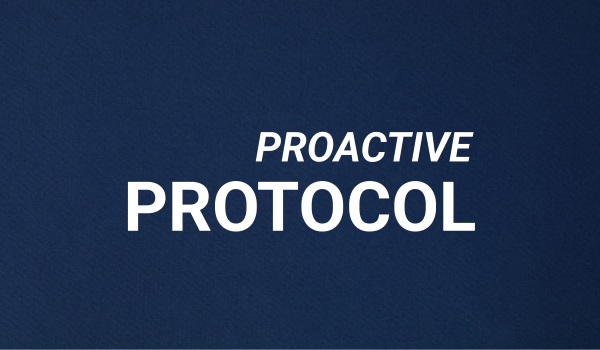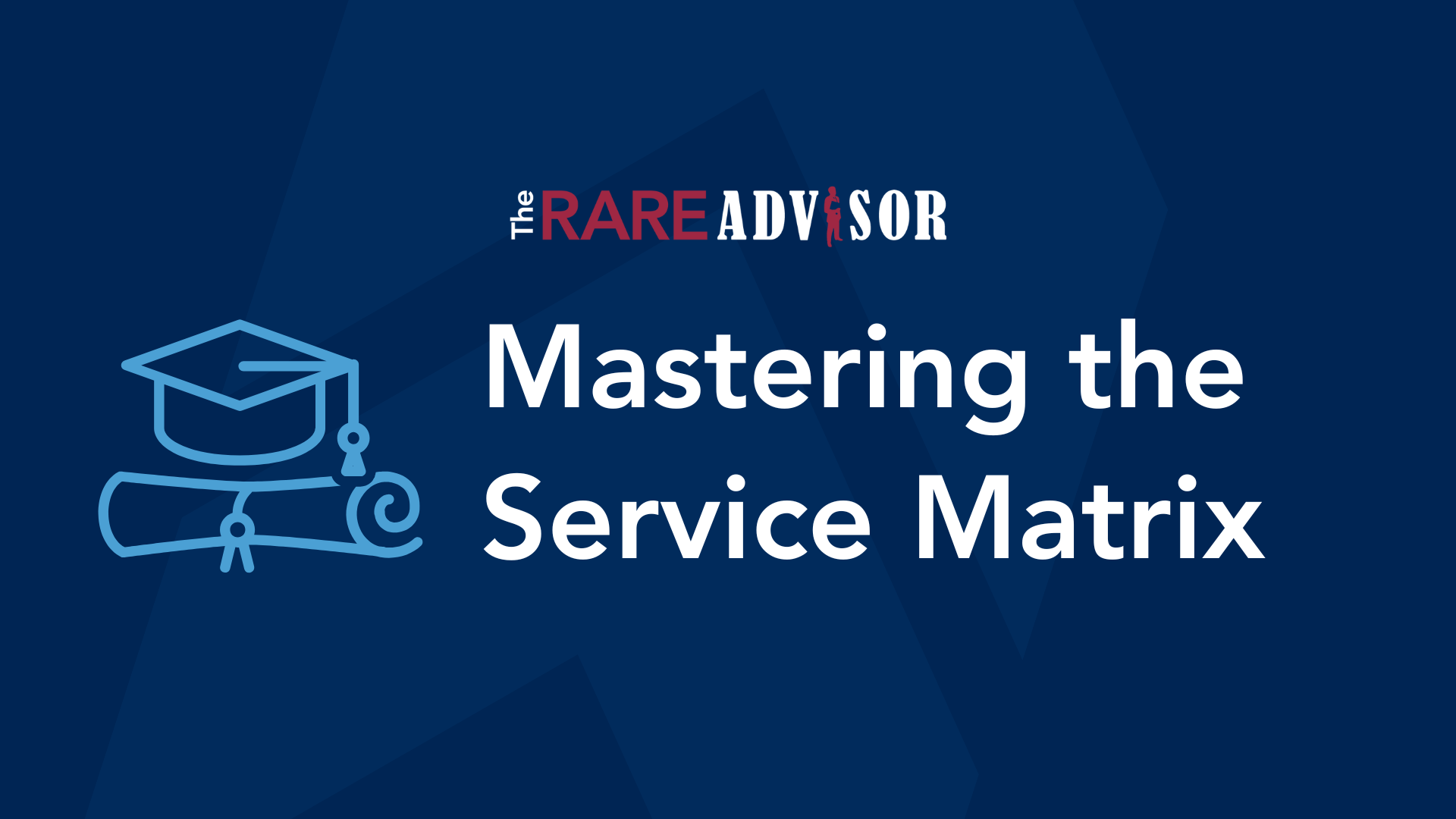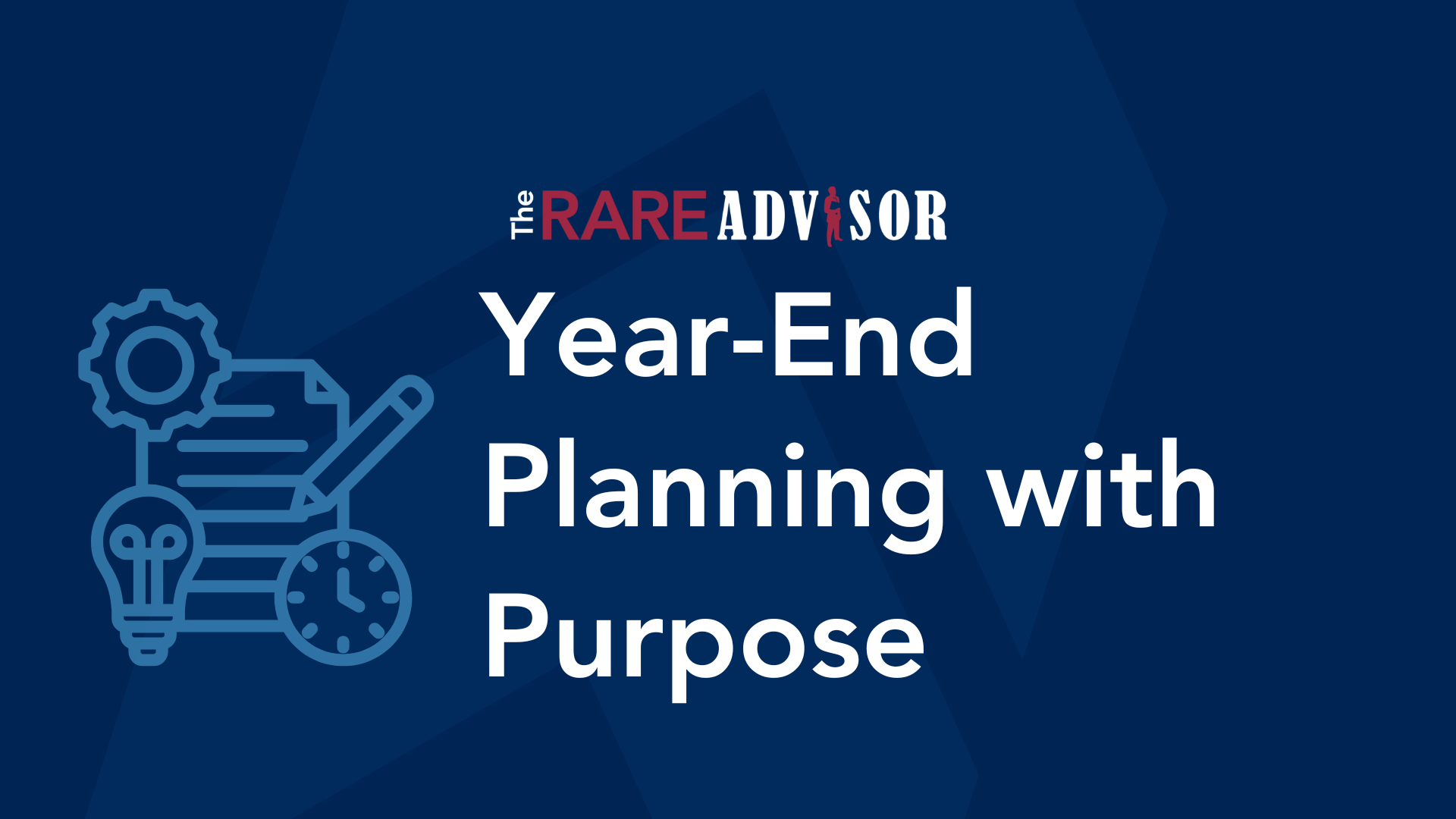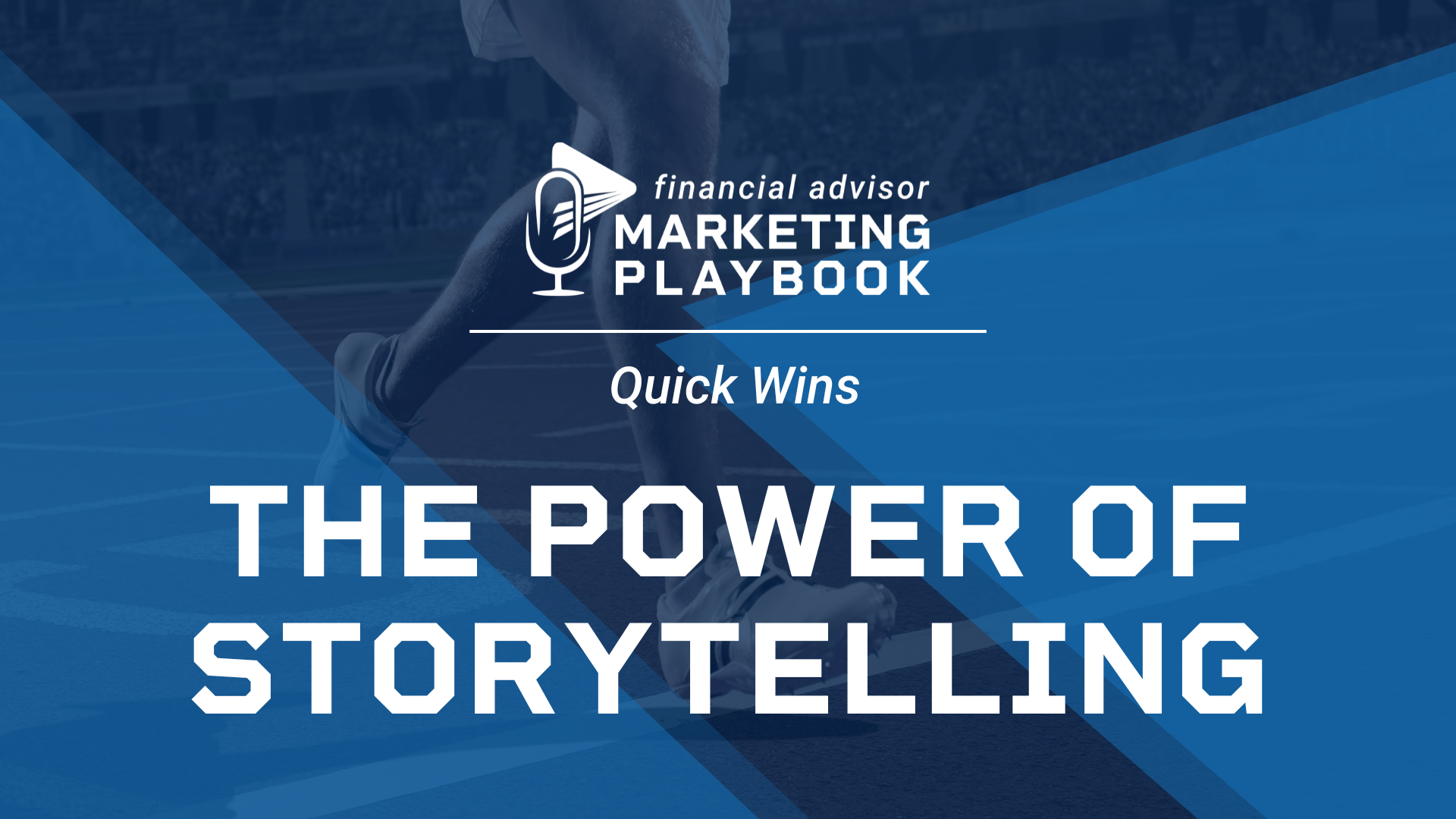5 Essential Keys to Increasing Enterprise Value – Part 1

Increasing enterprise value is not merely a strategic move; it is a pivotal component in ensuring a seamless and prosperous succession plan for your practice. Recognizing the significance of increasing enterprise value becomes paramount when considering the long-term sustainability and successful transition of your firm to a new generation of leaders.
In the initial installment of our six-part series, our attention centers on providing an "Overview" of the 5 Essential Keys to Elevating Enterprise Value. As we progress through the subsequent sections, we will delve into each key, exploring specific action items and tangible outcomes that can be implemented within your practice.
In the context of succession planning, a higher enterprise value translates to a more attractive and resilient business, making it an appealing prospect for potential successors or buyers. As we navigate through 2024 and beyond, the keys to elevating enterprise value lie in mastering five essential strategies. Let's delve into these strategies.
5 Essential Keys:
1. Client Relationships: The Foundation of Prosperity
The heartbeat of your practice is your clients. Moving beyond mere satisfaction, the focus is on cultivating loyal advocates. By delivering an elevated client experience that includes personalized service, regular check-ins, and a demonstrated genuine interest in clients' financial well-being, you can build a robust and satisfied client roster. Not only does this ensure a steady revenue stream, but it also enhances your firm's attractiveness to potential buyers. Client loyalty and retention rates become powerful factors in the valuation of your business.
2. Systems & Processes: Efficiencies That Create Operational Excellence for Scalable Growth
Operational excellence is not a luxury; it's a necessity for scalability and attractiveness to potential buyers. Streamlining operations, from client onboarding to investment management, through well-defined and efficient systems and processes enhances productivity, reduces errors, and sets the foundation for scalable growth. This isn't just about cost savings; it's an investment in the future scalability and attractiveness of your business.
3. Technology Integration: Embracing the Digital Age
The digital age demands a tech-savvy approach. Implementing cutting-edge financial technology, including analytics tools, TAMPs, and secure client portals, not only enhances efficiency but also signifies a commitment to staying ahead in a rapidly evolving industry. Businesses with advanced financial technology are perceived as forward-thinking and adaptable. Potential buyers are drawn to firms that have embraced digital tools, seeing it as a signal for a smoother transition post-acquisition.
4. Talent Management: One of Your Greatest Assets
Next to time, a skilled and motivated team is one of your greatest assets. Investing in talent management, including a defined career track not only boosts day-to-day productivity but also contributes significantly to the overall success of your firm. A well-managed, well-trained, and talented team demonstrates the strength of your human capital to potential buyers that your firm is not just financially sound but also possesses the crucial element of skilled professionals. This, in turn, enhances enterprise value and ensures a seamless transition in the event of a potential acquisition.
5. Strategic Marketing: Building a Recognizable Brand
Developing a strong brand presence is more than just marketing—it is a key element when it comes to elevating enterprise value and includes the creation and development of your Proprietary Process. Utilize strategic marketing through social media, content marketing, and networking events to imprint your Process and showcase your firm's expertise and values. A well-defined brand not only attracts new clients and instills confidence in existing ones but also adds intangible value to your firm. For potential buyers, a strong brand is an indicator of market presence, sustainable growth, and significantly contributes to the overall perception and valuation of your firm.
Conclusion
Whether you are 5, 10, or 15 years out from your succession event, mastering these five essential keys is imperative. Client relationships, operational excellence, technology integration, talent management, and strategic marketing form the foundation for sustained success and increased enterprise value. By aligning with these strategies, you can not only thrive in the current landscape but also position your practice as a desirable asset in an ever-competitive industry. The first step starts by understanding the current value of your practice, and the potential factors that can impact your valuation.
Available Resources:
- Advisor Blue Book Valuation
- Advisor Blue Book Report
Make sure to contact us to get your current Advisor Blue Book Valuation & Report. In the next installment of the Proactive Protocol, we will focus on the first Key, Client Relationships: The Foundation of Prosperity.
Important Notice: USA Financial is not a business valuation expert and is not responsible for any misapplication of the information provided herein.
Author Info

Allan Oehrlein is a Practice Management Consultant at USA Financial. With over 14 years of experience in Financial Services, Allan brings a...
Related Posts

Mastering the Service Matrix: Elevate Client Experience & Drive Advocacy
In this episode of The Rare Advisor, Aaron Grady and Allan Oehrlein dive deep into two essential tools for modern advisory practices: the service matrix and the stewardship framework. Discover why moving from a reactive to a proactive service model is critical for consistency, scalability, and client advocacy. Learn how these frameworks help advisors deliver predictable, high-touch experiences, segment clients effectively, and create professional contrast that sets your firm apart. If you want to elevate your client experience and build loyalty that lasts, this conversation is packed with actionable insights.

Year-End Planning with Purpose: Becoming the Advisor of the Future
In this episode of The RARE Advisor, Aaron Grady and Duncan MacPherson explore how financial advisors can approach year-end planning with intention and purpose. Rather than focusing solely on metrics and spreadsheets, they discuss the importance of aligning your “why” with your process and practice. Drawing on Japanese philosophies like Ikigai, Kaizen, Kintsugi, and Wabi Sabi, they share insights on creating a more meaningful, resilient, and sustainable business. Learn how embracing continuous improvement, authenticity, and technology can help you become the advisor of the future.

The Power of Storytelling: 3 Essential Stories Every Financial Advisor Needs
In this episode of Financial Advisor Marketing Playbook, Mark Mersman reveals how storytelling can transform your marketing and client relationships. Learn the three foundational stories every advisor needs: your origin story to build trust, your client transformation story to demonstrate results and empathy, and your philosophy story to define your beliefs and differentiate your brand. Discover practical tips for crafting these narratives and integrating them into your website, meetings, and marketing strategy.

Mastering the Service Matrix: Elevate Client Experience & Drive Advocacy
In this episode of The Rare Advisor, Aaron Grady and Allan Oehrlein dive deep into two essential tools for modern advisory practices: the service matrix and the stewardship framework. Discover why moving from a reactive to a proactive service model is critical for consistency, scalability, and client advocacy. Learn how these frameworks help advisors deliver predictable, high-touch experiences, segment clients effectively, and create professional contrast that sets your firm apart. If you want to elevate your client experience and build loyalty that lasts, this conversation is packed with actionable insights.

Year-End Planning with Purpose: Becoming the Advisor of the Future
In this episode of The RARE Advisor, Aaron Grady and Duncan MacPherson explore how financial advisors can approach year-end planning with intention and purpose. Rather than focusing solely on metrics and spreadsheets, they discuss the importance of aligning your “why” with your process and practice. Drawing on Japanese philosophies like Ikigai, Kaizen, Kintsugi, and Wabi Sabi, they share insights on creating a more meaningful, resilient, and sustainable business. Learn how embracing continuous improvement, authenticity, and technology can help you become the advisor of the future.

The Power of Storytelling: 3 Essential Stories Every Financial Advisor Needs
In this episode of Financial Advisor Marketing Playbook, Mark Mersman reveals how storytelling can transform your marketing and client relationships. Learn the three foundational stories every advisor needs: your origin story to build trust, your client transformation story to demonstrate results and empathy, and your philosophy story to define your beliefs and differentiate your brand. Discover practical tips for crafting these narratives and integrating them into your website, meetings, and marketing strategy.

